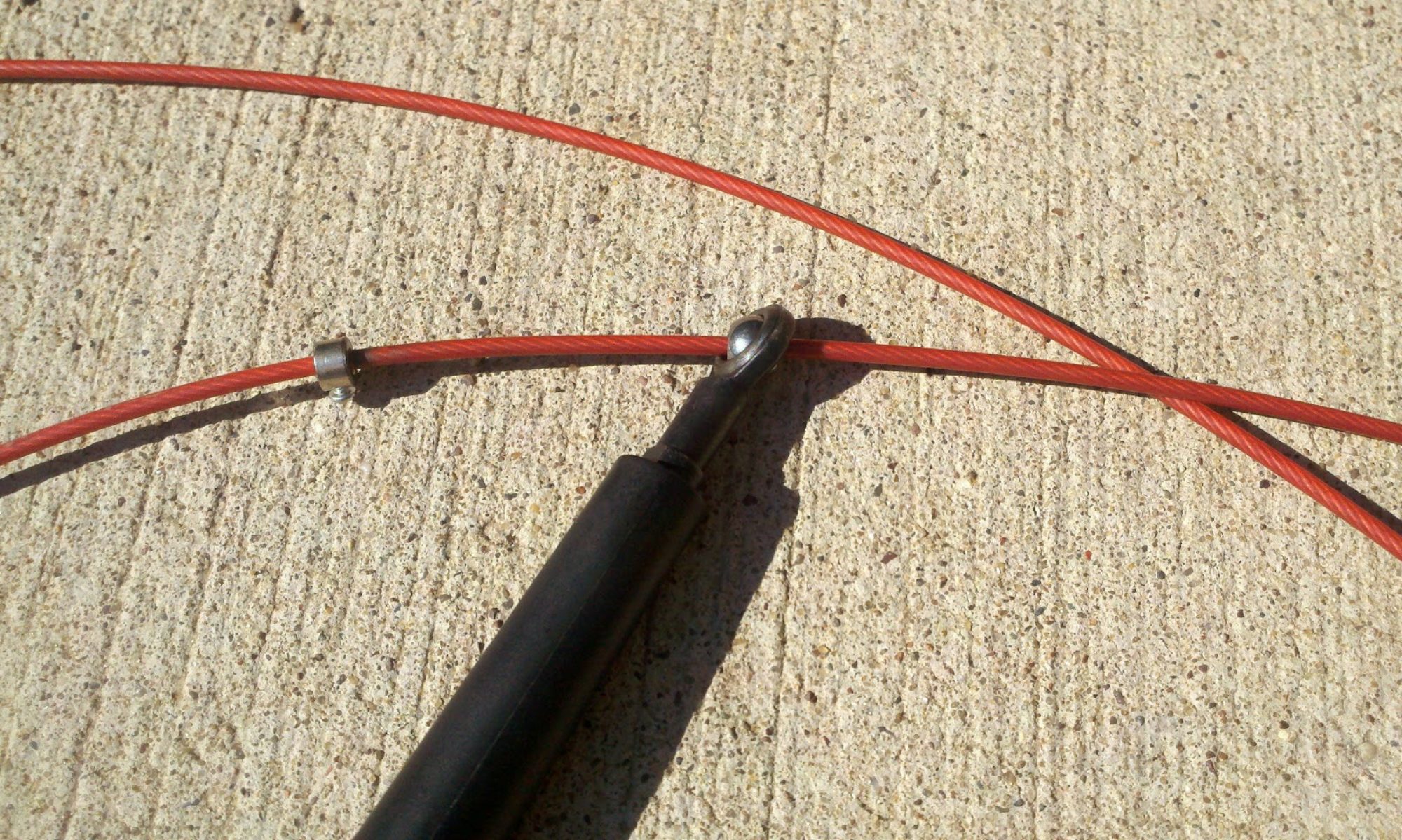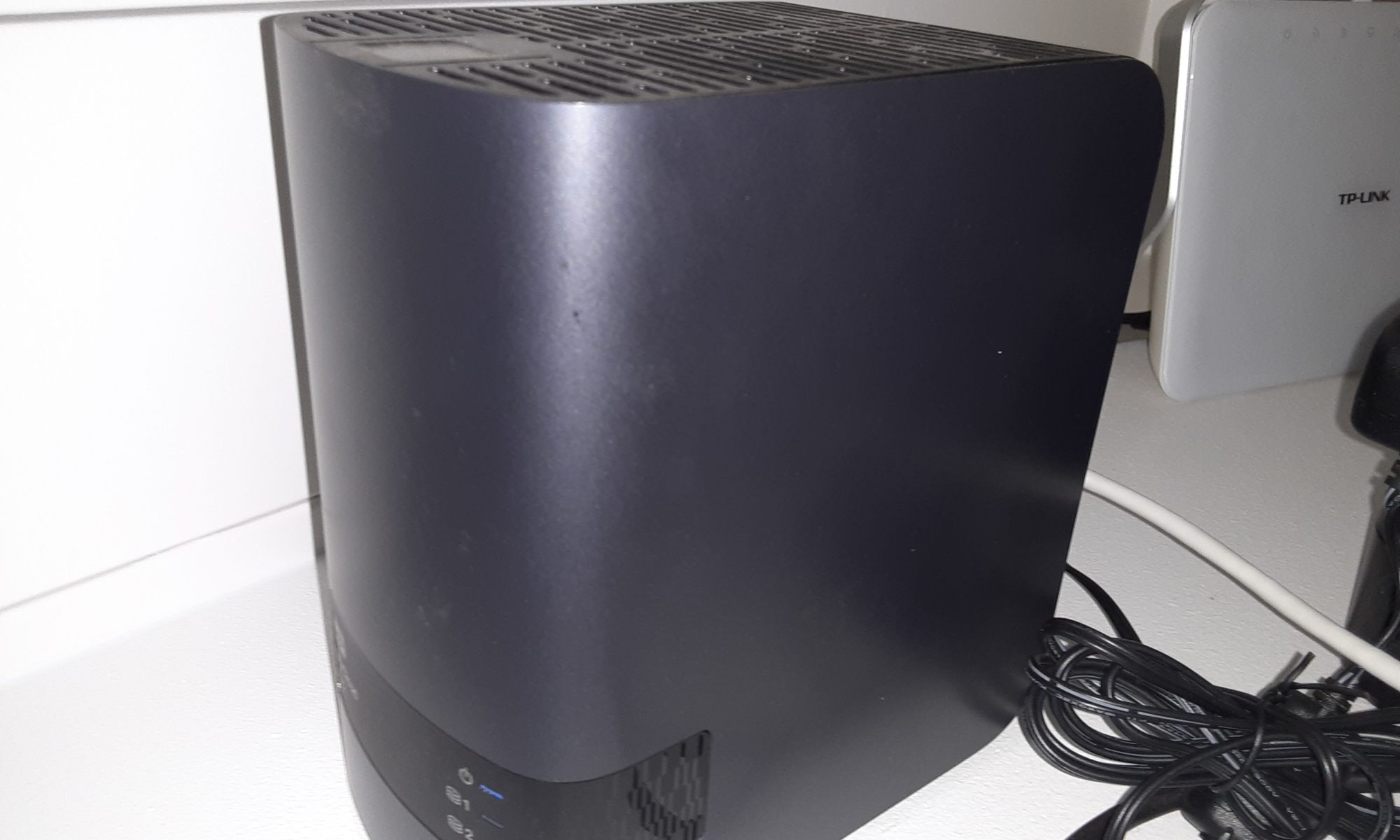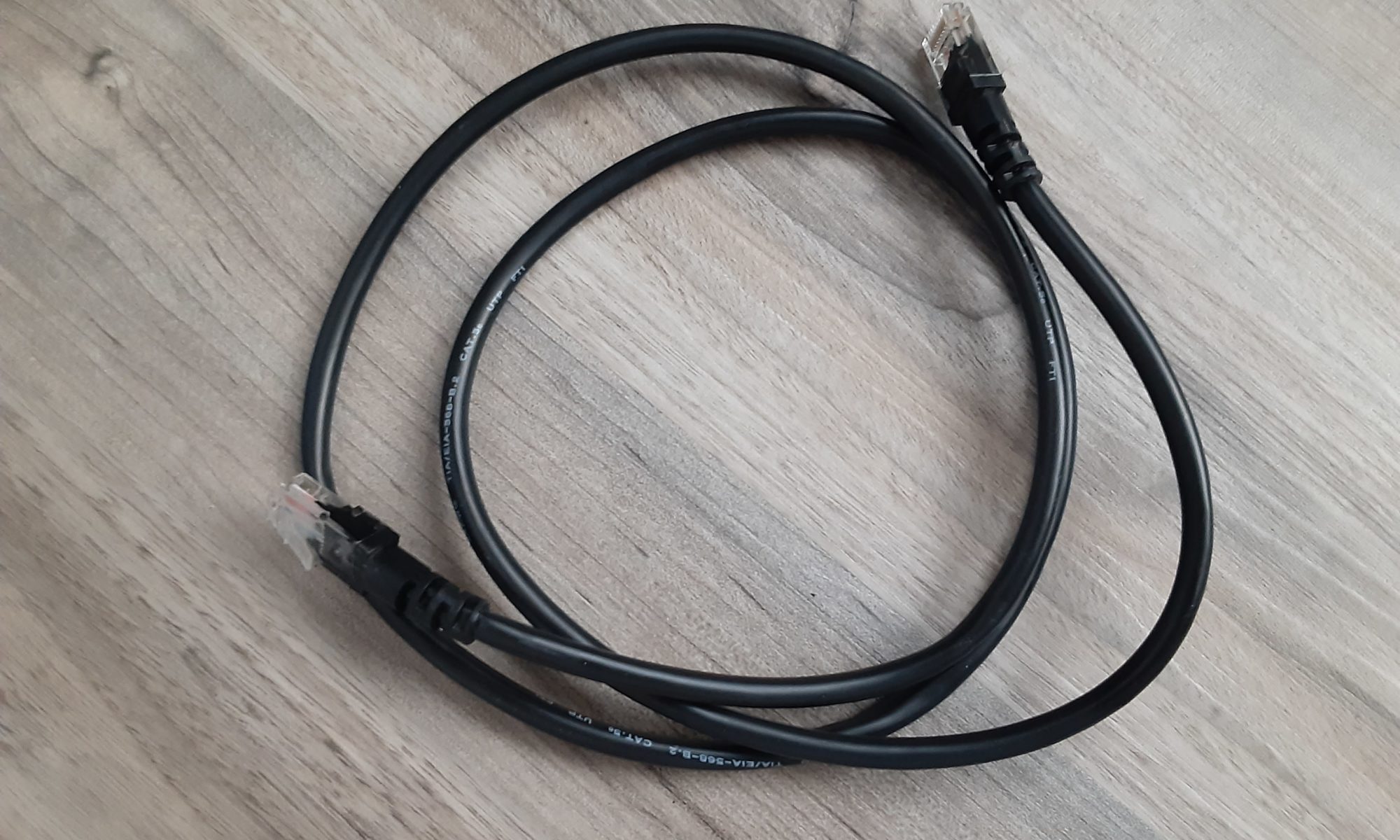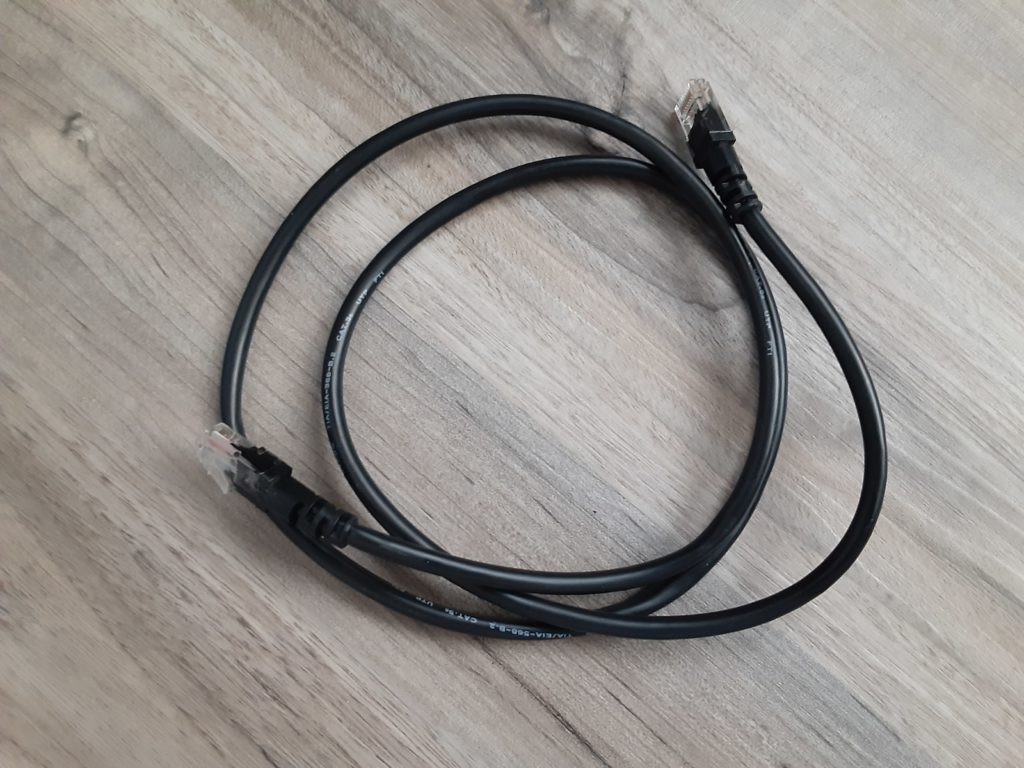Changing Expectations
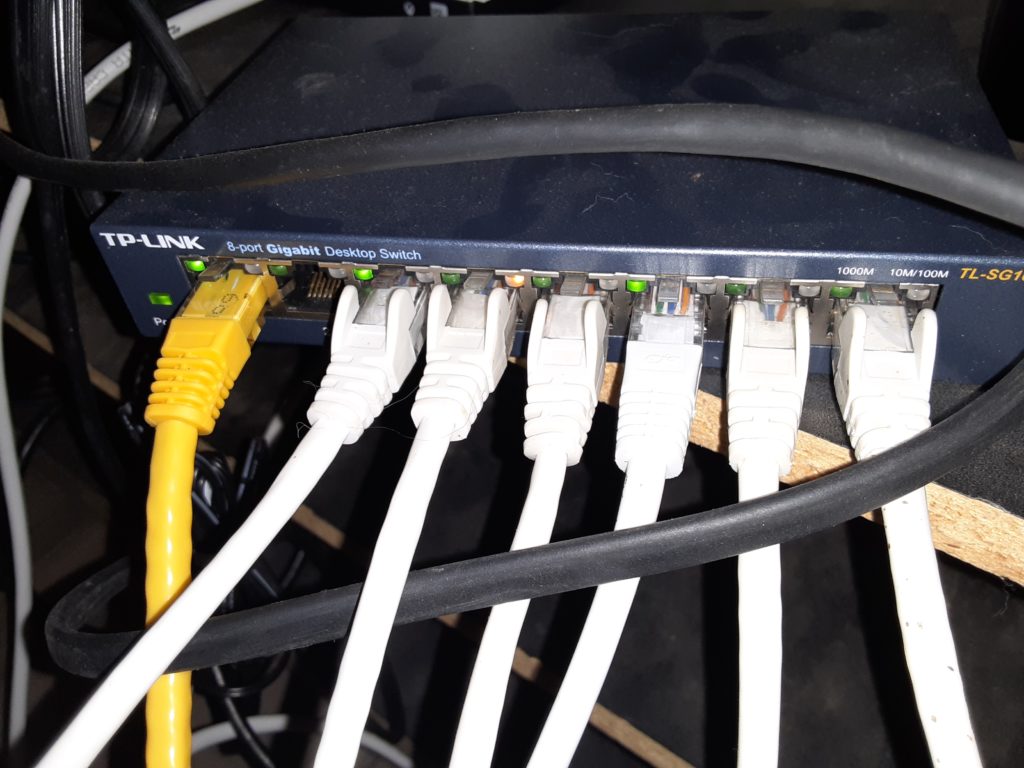
2020 has been a year of changes, that’s for sure. Back in February, we had no idea what was in store. In a matter of weeks, our home networks shifted from something we used for interacting with friends on social media, game networks, and for streaming entertainment to our new workplace.
Working from home has added several challenges to our lives. We may not have the same bandwidth we did at the office, our data may not be more vulnerable to loss or corruption since our work computers aren’t getting backed up the same way.
Losing Data Happens . . . but Not as Much as in the Past
If you’ve been working with computers for any length of time, you’ve lost data. Back in the day, floppy disks would just be totally corrupted one day. Sometimes Norton rescue saved your butt; usually you were simply out of all the time and work you spent on that report.
Things got a little better when personal computers had hard drives.
But hard drives still fail. I mean, you can go for years without a hiccup, then one day you’re just out of luck. Everything on that drive is just gone. I’ve been in a few situations where I’ve been able to use my geekery and another system to recover some of the data, but those times are usually the exception, not the rule.
Now high-speed internet service is so ubiquitous that most major operating systems try to save everything to “the cloud” so that you can access it from any device. Whether we’re talking about Apple’s iCloud drive or Microsoft’s OneDrive, many programs default to saving documents onto a folder out on the Internet.
Using the Internet as a limitless storage device has a lot of benefits: your data is always being backed up and is stored away from both your network and your computer. If your computer dies, information saved to the cloud is still available; likewise in case your house is destroyed and nothing can be recovered.
Sounds Too Good to be True . . .
You’re right, it does. There are some problems with different implementations of cloud storage.
- My wife’s iPad saves everything to the cloud. There is no local copy, which is fine . . . as long as she always has Internet service. But we moved recently and spent a month without Internet, so there were a few projects she had saved that she couldn’t work on unless she went somewhere with public Wi-Fi. Mid-2020, most of the locations we usually went were not allowing people to hang around due to concerns about spreading COVID-19.
- Photographers, videographers, and anyone working with large files knows working with them on the cloud is painfully slow. It takes time to upload and then re-download the files when you need to work with them.
There is a Middle Ground
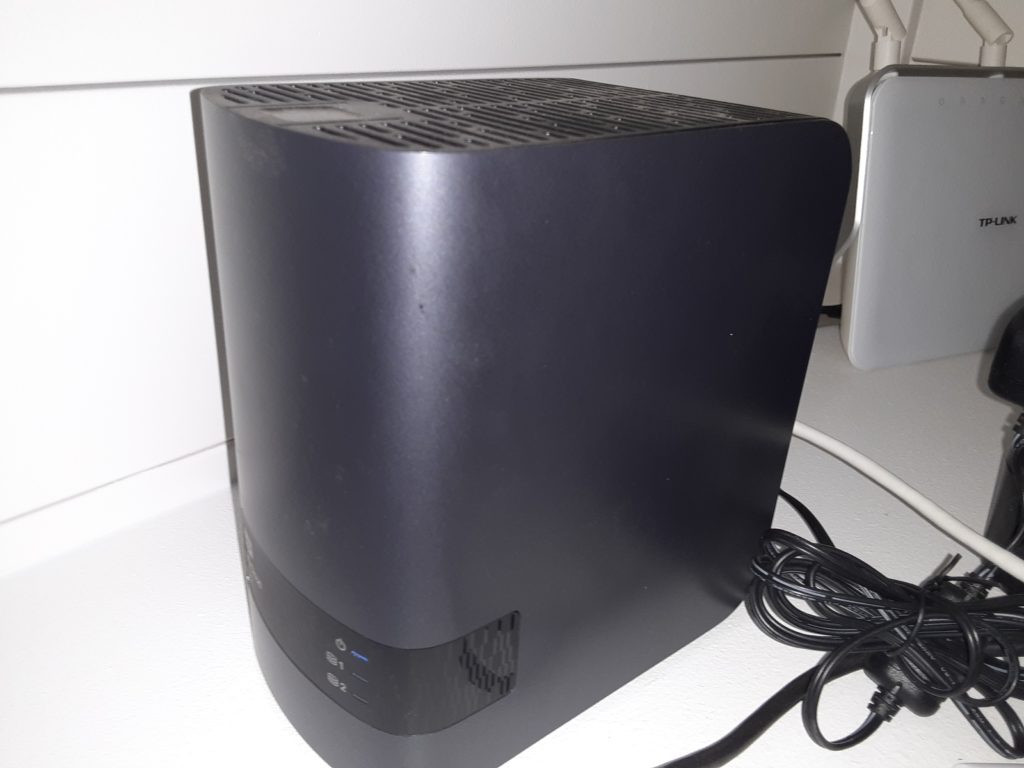
A few years ago, we purchased a network-attached-storage device (NAS), specifically the Western Digital MyCloud EX2. It was relatively easy to set up, and gives us redundancy to protect our data. There are two hard drives in the device, so we have it configured for them to be mirrored. This means the exact same data is written to both drives so we can access it even if one of the drives fail. The downside of this configuration is that the advertised size of our unit got cut in half: we purchased a 4 TB unit but since we’re mirroring the drives, we only have 2 TB of usable storage.
This kind of protection used to be so prohibitively expensive only larger businesses could afford this kind of setup. Now its price point is a few hundred dollars and is simple enough most people could set the unit up themselves and protect their data.
Now, not only are you getting the redundancy provided by backing up to the cloud, you are getting the much faster performance of your local network. Most users don’t notice, but the Wi-Fi and ethernet connections of your home network are probably orders of magnitude faster than your connection to the Internet. This allows you to work with large files on your local network and still have some data protection in place.
But I’m not Always Home!
So you’ve got a great NAS set up at home and it’s great for working on stuff when you’re home. But you’re not always home, right? What if you’re at the coffee shop, or on vacation, or at your office? What then?!
Don’t worry, they’ve got you covered for those situations, too. The NAS devices I’ve looked at allow you to install an app on your computer or device that will connect you to the drive when you’re at home, and by signing up with their service, the app will create a connection back to the device in your home so you can access files on the fly.
What About a Disaster?!
So you probably remember me talking about how using the cloud is beneficial in case your computer dies or your house is destroyed and you can’t recover anything. The “what if your house is destroyed” concern is valid, since that is where we keep our NAS so it’s useful to us.
Most NAS devices allow you configure off-site backups to happen on a schedule so your data is also backed up to the cloud in case of a disaster. These usually require an account with a service that allows inexpensive storage space, like Amazon Web Services, Elephant Drive, or other services.
These backups are not real-time, meaning that they are synchronized every time a file changes, they are run on a schedule you determine. It’s not going to protect everything, but this gives you the ability to make sure important things are available, redundant and off-site.
So What Do You Buy?!
If I’ve convinced you that you need a NAS for your home or small office, here are a few options for you. These are units I’ve either used personally or know someone who has and they’ve worked well for us.
Single-Drive NAS Devices
I do not recommend these. There is no redundancy to help protect your data. It’s just one hard drive attached to your network, and if it fails, it’s just like the drive on your computer failing.
2-Drive NAS Devices
Western Digital My Cloud EX2 Ultra – The ‘Ultra’ is the progression of the model since we purchased ours. Like I said, it’s easy to use and configure. You can set up multiple users and grant access to some areas only to some users. It comes with two drives of the same capacity, so if you want redundancy, you only have mirroring as your option. So buy the model with twice as much storage as you think you need.
Multi-Bay NAS Devices
These are devices that support more than 2 drives. Once you get to 3 drive bays, you have lots more options for data redundancy. The main benefit being that while you still lose one drive’s capacity to redundancy, it’s no longer 50% of the total capacity. Once you go down this road, however, you will need to involve someone who is comfortable with advanced computer topics.
Multi-bay devices also tend to get noisier when they are being heavily used. Ideally, your NAS, router and other network equipment could be isolated in a closet or little-used room where the noise will not be noticed.
When ordering, you will need to make sure you purchase storage drives. These models tend to be sold as the base, and you add the drives that give you the total storage and redundancy you want.
Western Digital My Cloud Pro – This is the business version of my unit. A simple user interface/dashboard makes this unit behave similarly to the smaller unit I have at home, which could allow someone with less advanced knowledge to set up and configure the device.
Synology DiskStation – Synology was one of the first NAS brands I remember hearing fellow computer geeks talk about. They are known for their quality, stability, and ability to be upgraded more than other brands. Some models allow you to purchase additional RAM to increase performance or have solid-state drives(SSD) for frequently-used files to further increase performance.
I’ve heard good things about Buffalo TeraStation as well, haven’t directly used them or known anyone who has. But they have a good reputation, so I’m sure their unit is solid.
Level Up Your Network
Give yourself a little more peace of mind about your work. My NAS has allowed me to off-load large video files until I’m ready to work with them, and it’s nice to know the drives are redundant in case there is a problem with one of them.
